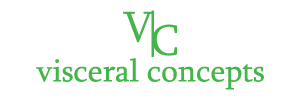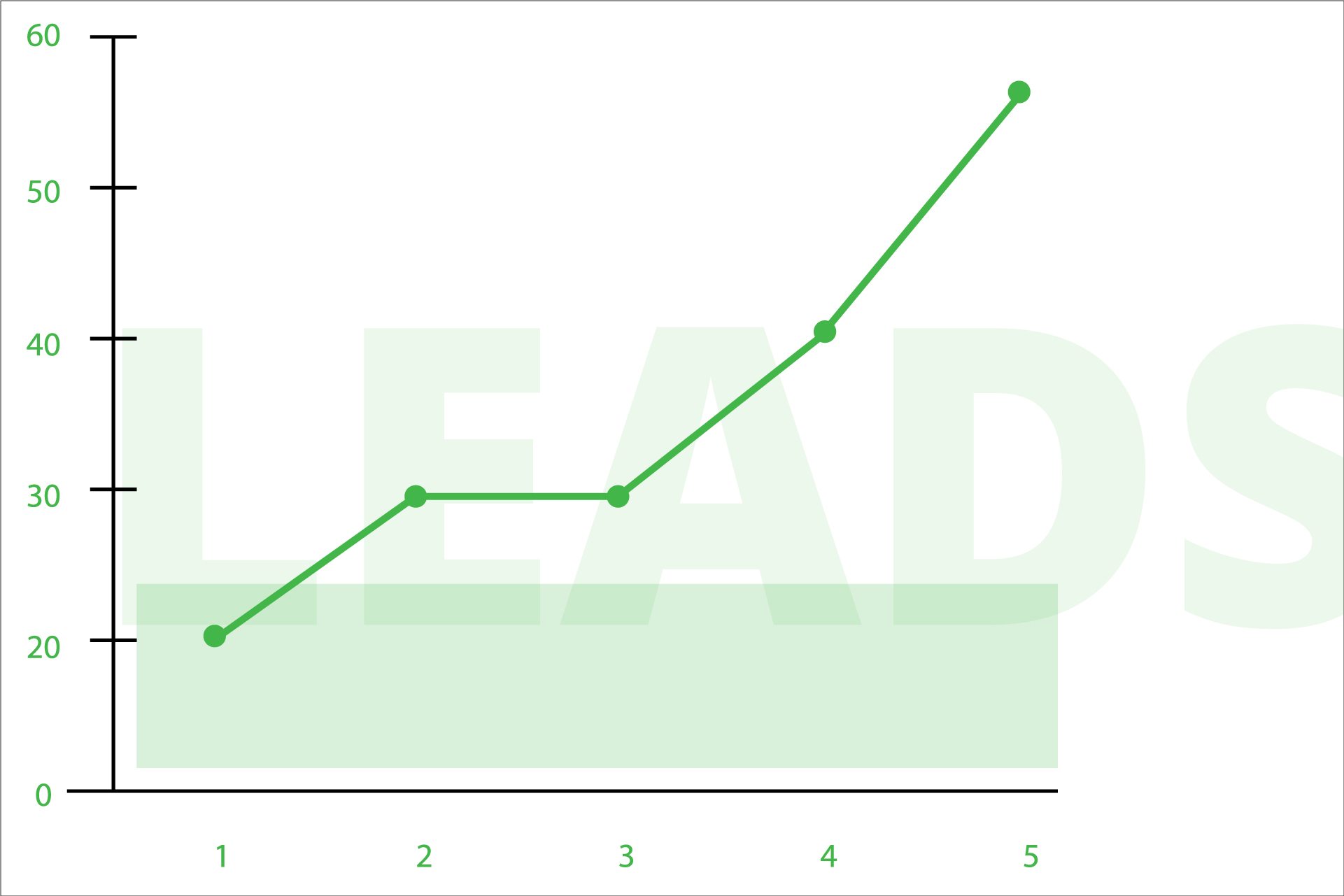Inbound marketing is the process of drawing in leads to your website and inserting them into the sales process via the internet. As a passive form of marketing, inbound strategies tend to work on a wider range of your target audience for a longer period.
On average, inbound marketing strategies produce 3 times the leads and cost 62% less than outbound strategies, according to DemandMetric. That means inbound marketing is almost 5 times as effective as outbound strategies. Consider that before you send your next mailer.
Contents
Inbound Marketing Is Incredibly Effective
The numbers don’t lie. Inbound marketing strategies are far more effective than outbound ones, often offering many more leads, higher quality leads, and more revenue per earned customer. And, because inbound marketing takes so much less effort and costs so much less, it demonstrates its value immediately.
To put it in perspective, here are the numbers outright. Inbound marketing generates 8x more site traffic according to Aberdeen. Higher site traffic equates more leads, which will be 39% more qualified than outbound leads. When your leads are more qualified, they’ll convert more often. 82% more often, according to Marketing Profs. When those customers earned were targeted with an email campaign, they spent 12% more while they remained a customer, according to Custora.
I can’t fathom why any small business owner wouldn’t implement an inbound marketing strategy.
Most Small Business Owners Don’t Understand What Inbound Marketing Includes
Ok, I can fathom one reason small business owners might not implement an inbound marketing strategy. They don’t understand what it is. It’s normal to say no to something that you don’t understand. But based on what I’ve stated above, it’s worth learning about, right?
For Inbound Marketing To Succeed, It Needs The Essentials
Let’s dig into it, then. Inbound marketing has a lot of moving parts. They’re not confusing to understand, and just about anyone can handle the basic steps involved. And, at just the basic level, you’ll see your numbers start to increase. Here’s what a great inbound marketing strategy requires.
Content Building
Content is at the core of everything. Without it, there is no advertisement, no entertainment, no education, nothing. When you change the way you think about content, your idea of inbound marketing changes.
Content is at the core of everything. Share on XContent marketing is the process of using different platforms – blogs, social networks, videos, podcasts, emails, etc – to communicate your story to your target audience. That’s why I listed it first. All your content shares a piece of your story, interweaving the potential buyer with your product or service. To do it right takes time, thought, and planning.
Your content should stand out, serving a definitive purpose for your viewer. Solve a problem, educate, entertain, and connect with them. When your content can do that, it’s distribution will be effective.
Social Media Distribution
Social media is the primary distribution channel for content in a great inbound marketing strategy. Where else can you interact and communicate with your clients better? And, because those bits of your story can be dropped in tiny morsels of content via social networks, your content can be spread further.
Social media should be carefully used to both share content you produce on your own website (as well as content you’ve done for others) and to share content specifically crafted for that network. When you use these platforms correctly, your audience gets exposed to your company, allowing them to take part in your story.
Calls-To-Action & Landing Pages
Like I mentioned earlier, inbound marketing is about inserting your audience into the sales process. That means they need to be told how to interact with your company in a way that continues the sales conversation.
I included calls-to-action and landing pages as one item because, sometimes, they are one in the same, and they both have the same purpose. They are both responsible for directing your audience down the correct path towards a sale, converting them from site visitor to lead. Each should be targeted for a specific campaign, offering a different message depending on how the visitor got to your site.
Build landing pages and their corresponding calls-to-action that speak directly to the reasons that person likely came to your site. By tying each content campaign to its own landing page or CTA, you can follow the path people take to find you and communicate with them accordingly.
Email Automation & Communication
Only about 2.4% of people will buy a product on the first website visit. If that seems insanely low, you can verify with the people at Statista. That means you’re losing 97.6% of the people that visit your site if you don’t have a plan to get them to come back.
Email is your solution. By getting your visitors onto your email list, you can send them regular communication, which will get them back in front of you. A great combination of automatic emails (like abandoned cart transactional emails) and active communications will keep your company fresh in their minds, improving the odds that they’ll be back again.
Search Engine Optimization
Search is still the number one source for website traffic, and website traffic is the main source of inbound marketing leads. That means your site’s content has got to be optimized to be found. Search optimization requires a little keyword research and a lot of common sense.
Rule number one about optimizing your content is that you never sacrifice quality for keywords. Remember that the value you’re offering your viewers is far more important to your SEO than attempting to get enough mentions of your subject in the article. Stick with intelligent SEO techniques and always produce quality.
Pay-Per-Click Advertisement
SEO is only step one in making search a working component of your inbound marketing strategy. The second step and the fastest way to boost your SEO and social media results are to add pay-per-click advertising.
Pay-per-click advertising allows you to buy a spot in front of an audience during their search for your related key phrase. That means you’re guaranteed to be seen, improving the odds of your site – your link – getting clicked on. Those improved odds, when added to the techniques above, increase your site traffic even more.
Remarketing
Like pay-per-click, remarketing shows your advertisements around the web. However, this strategy focuses on users who have already visited your website. By tracking what internet users do, Google can serve advertisements to users based on specific criteria, allowing you to assure that people who have seen you once will see you again.
Carefully planned remarketing campaigns mixed with solid email marketing will cement your company into your visitors’ minds, causing their trust in you to increase. They’ll be more inclined to pay attention to your content, which in turn will make them more likely to buy your product.
Inbound Marketing Will Get You To Your Goals Faster
Inbound marketing is definitely a long-term strategy. These efforts require patience and planning, so it’s a bit oxymoronic to say they’ll get you to your goals faster. However, the components of inbound marketing get more effective with time, which means they’ll propel you to those long-term goals faster than an outbound strategy ever could.




